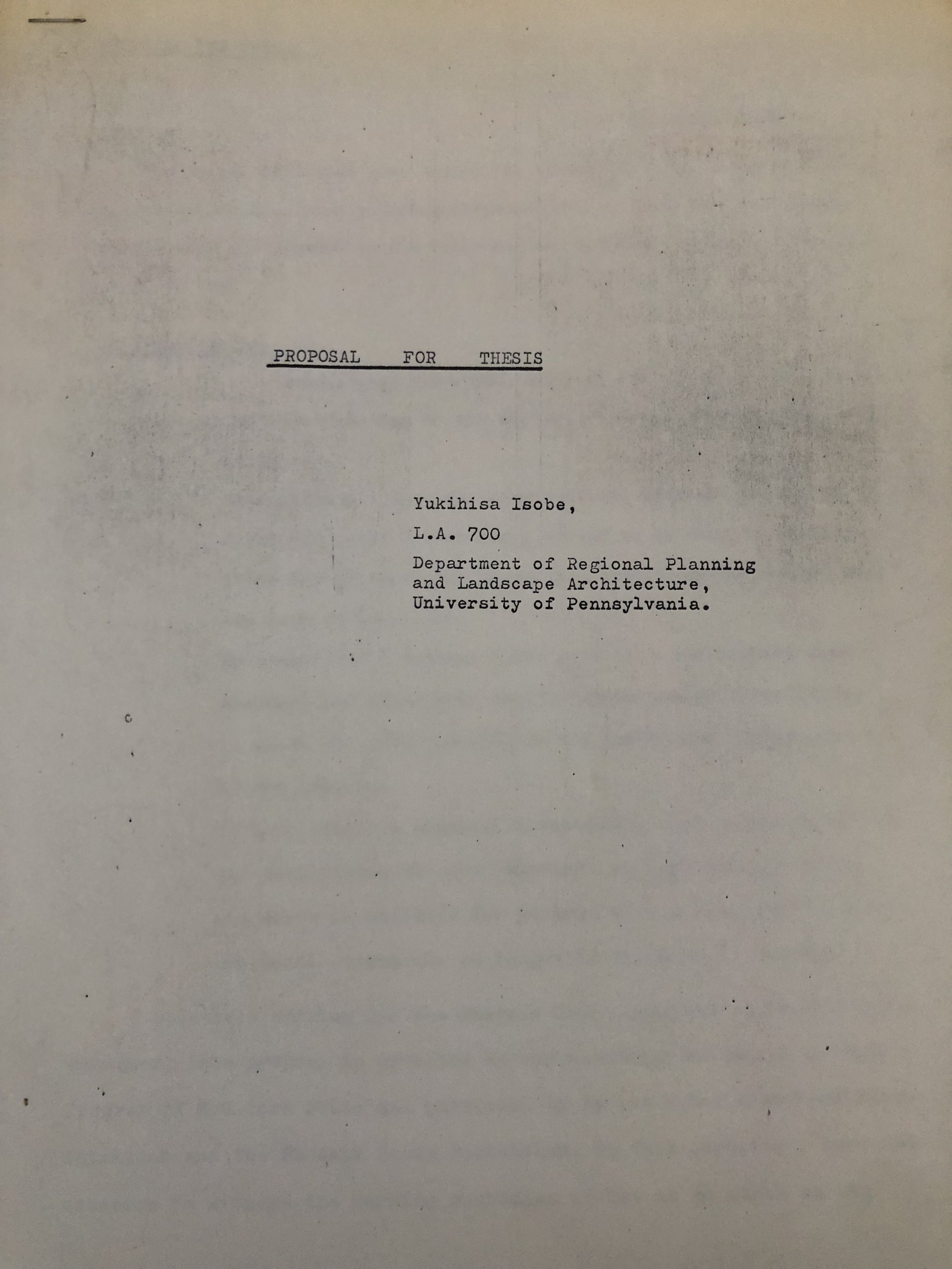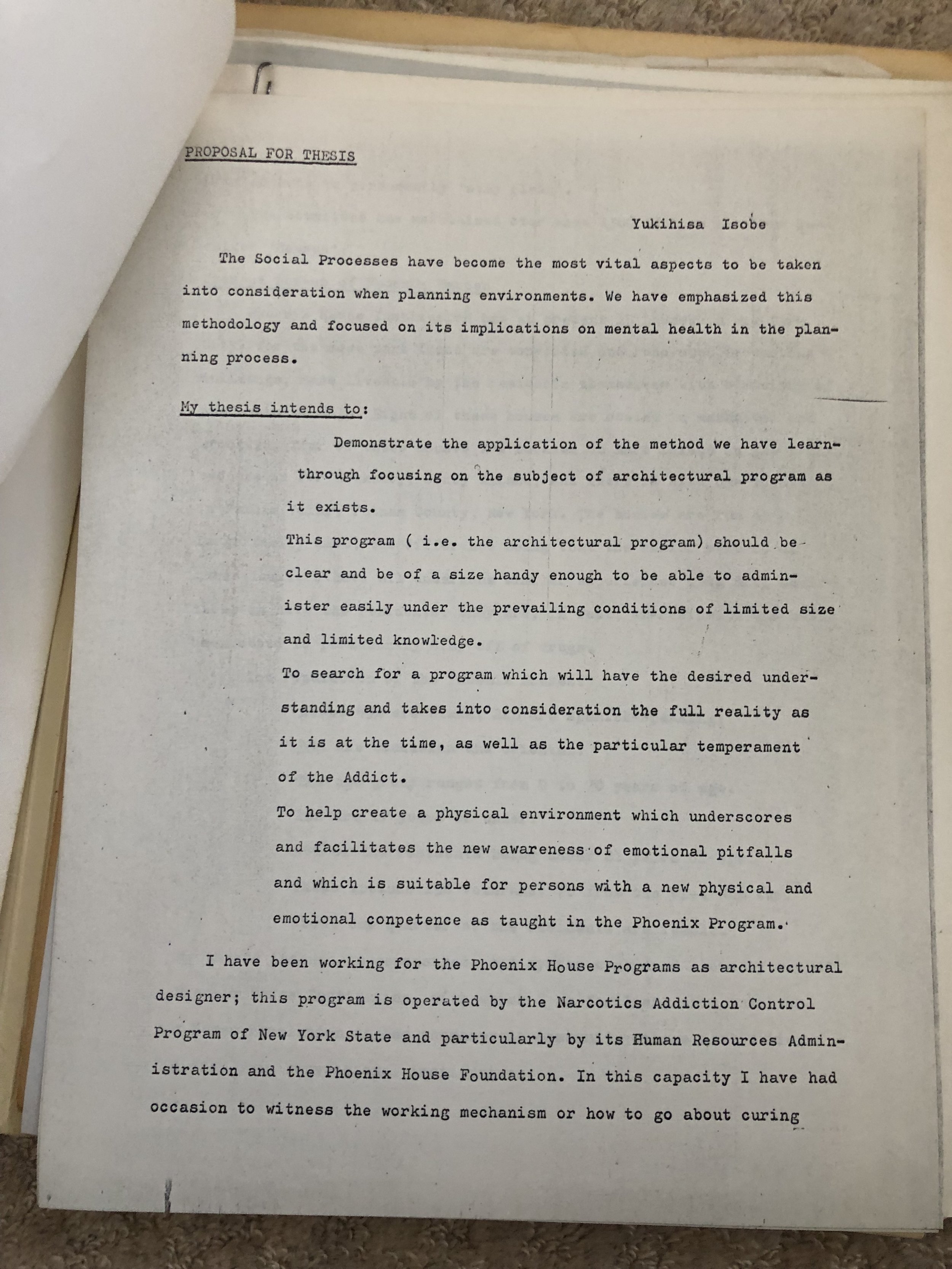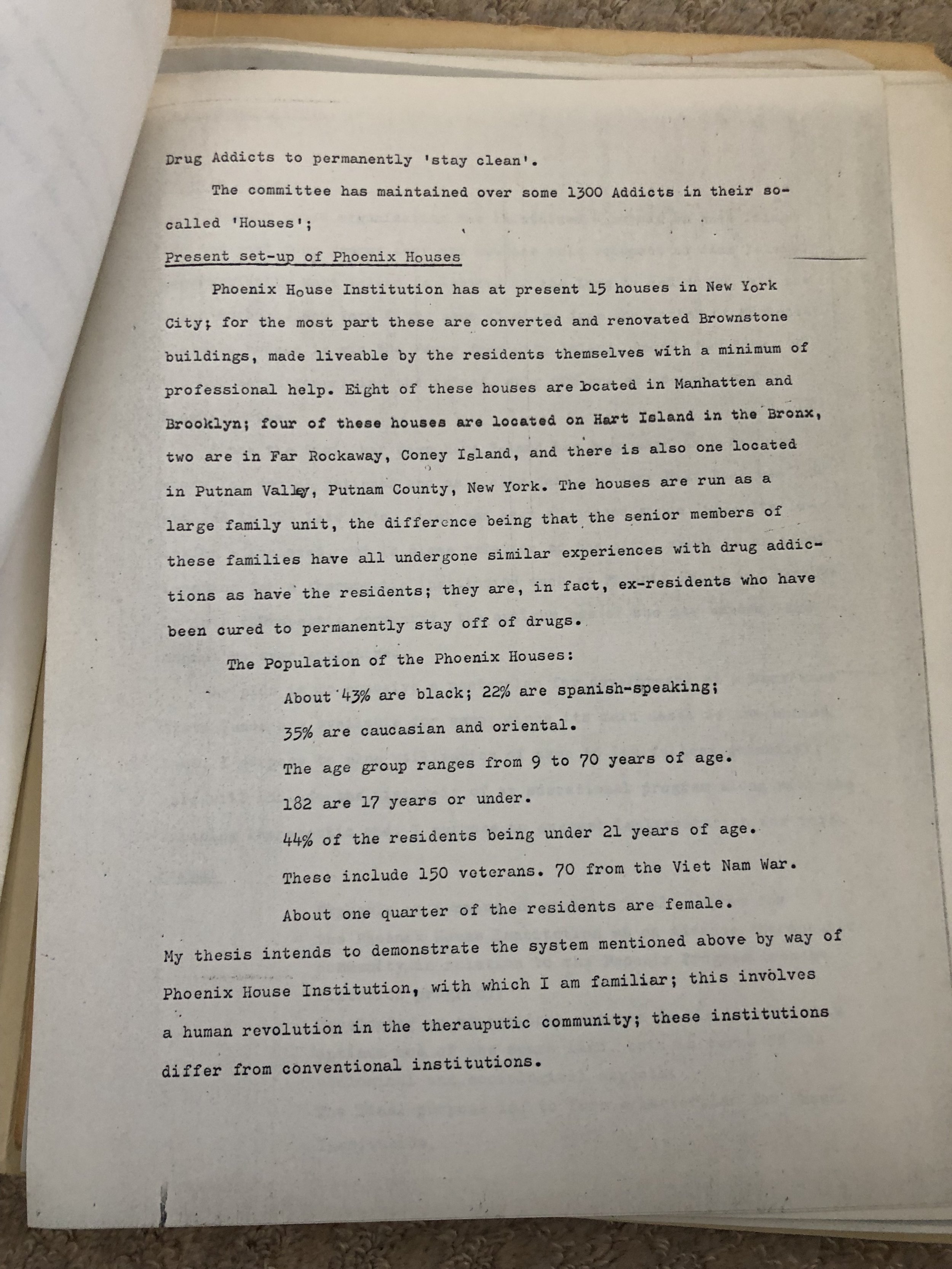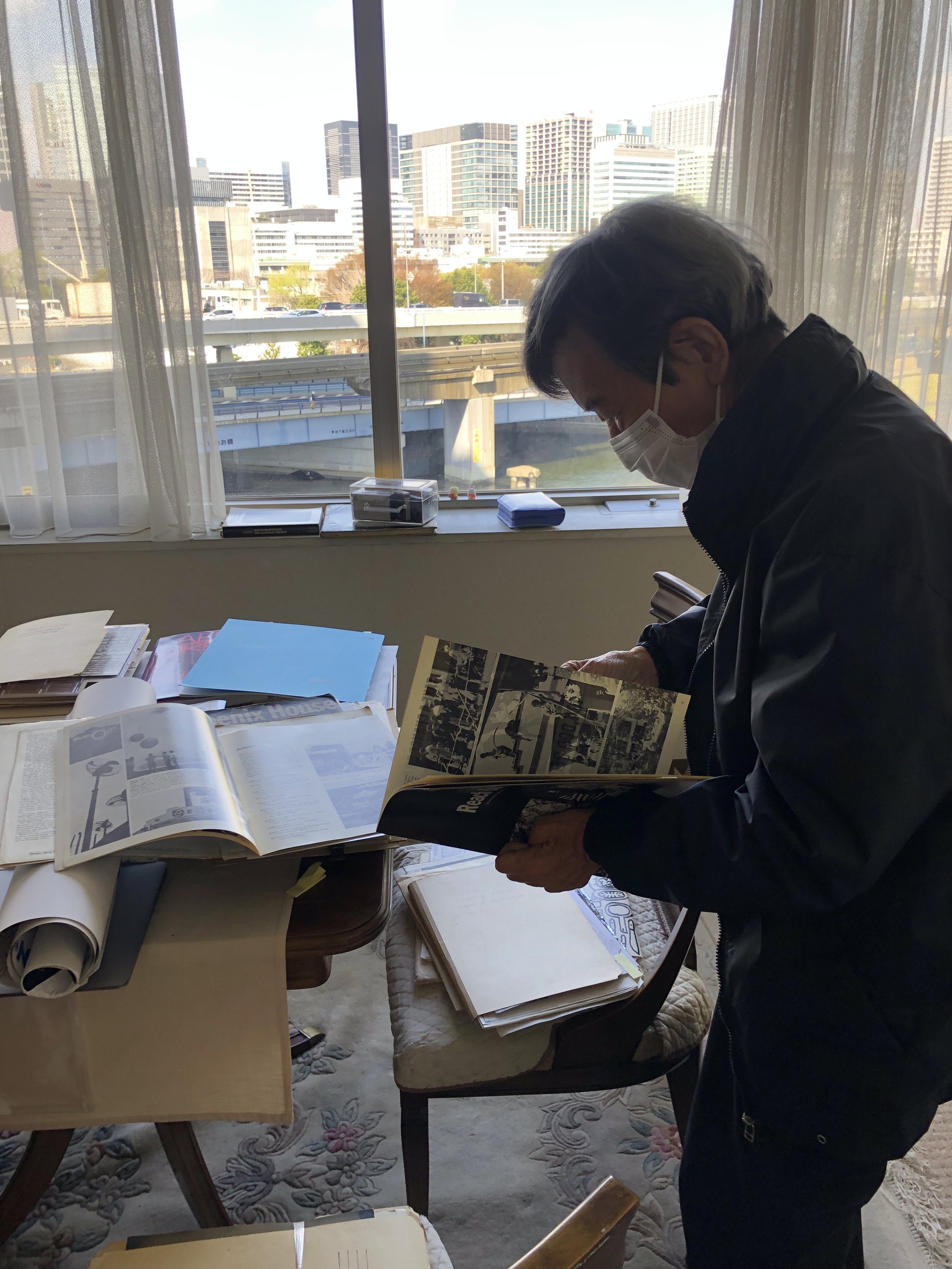Artist Profile - Yukihisa Isobe
Ann Adachi-Tasch
By Ann Adachi-Tasch. For more information on Yukihisa Isobe, visit his website.
I first met artist and urban planner Yukihisa Isobe in 2023. He welcomed me and my colleague Go Hirasawa to his home in Tokyo and had materials laid out for us to view. Starting there, he led us through his work and connections to ethical ecology, archeological art installations, design, and socially-engaging practices.
In the summer of 1965, after visiting Europe for a solo exhibition at a Venice gallery, Isobe traveled around Europe, then visited New York and settled there, remaining in the U.S. until the mid-seventies. Isobe was already interested in modular constructions using wood when he saw Buckminster Fuller’s geodesic dome at the 1967 Montreal Expo. This inspired him to engage with new materials and structures. Initially interested in tent and hanging structures, he started creating air structures using vinyl material. His Double Skin Structure (1968) was presented in the “Some More Beginnings: Experiments in Art and Technology (E.A.T.)” exhibition of 1968 at the Brooklyn Museum of Art.
Poster designed by Yukihisa Isobe. Photograph courtesy of Yukihisa Isobe and Museum of Contemporary Art, Tokyo.
Through his employment with the New York City Parks Department, Isobe was invited to participate in organizing the Summer Happening in New York City’s Hart Island for Phoenix House, a drug and alcohol rehabilitation facility. In 1969, he collaborated with David Behrman on a balloon-driven remote audio feedback system which served as the basis for their unrealized Pepsi Pavilion event proposal for Osaka Expo ’70. His project Air Dome was a temporary interactive structure installed in Union Square in 1970 in honor of the first Earth Day. According to Naoko Seki, Isobe met with Professor Ian McHarg, the author of Design with Nature and a key figure in the shaping of Earth Day’s principles, for an interview series titled “People Who Open Up America’s Future” in the Japanese magazine Kenchiku Bunka.
That fall, he enrolled in Professor McHarg’s seminar at the University of Pennsylvania to study ecological planning, eventually writing his master’s thesis on ecological planning for Hart Island as the site of a therapeutic community for Phoenix House. McHarg’s philosophy of regional planning—that land use should be determined according to the environmental features of each region—and his interest in the mutual, long-term relationship between a region’s environment and human culture, have formed the core of Isobe’s work until this day.





Back in Philadelphia, the curators discussed the possibility of re-staging Floating Theater—his parachute piece on which Jud Yalkut presented Dream Reels—at the Community of Images gallery exhibition. With a crew that includes Matt Suib and Aaron Igler (Greenhouse Media), Nami Yamamoto (Fabric Workshop Museum), and Michael Ciervo (Philadelphia Art Alliance), we showed Isobe the space at the Alliance over Zoom. Later, we were able to confirm the digitization of some films by Jud Yalkut to support this archival presentation. This was thanks to the Anthology Film Archive and the Jud Yalkut estate.
Video by Michael Ciervo.
The connection made in Philadelphia between Isobe and McHarg, via the Air Dome project during Earth Day, drove us to explore the possibilities of presenting the Air Dome outdoors. Partnering with Aaron Igler as the artist lead, we are thrilled to confirm our partnership with the Parkway Council and the Philadelphia Parks & Recreation to present DÔME DO.WE, a geodesic dome interpretation of the Air Dome. In conjunction with the gallery exhibition at the Philadelphia Art Alliance, we will build and activate the DÔME DO.WE at the Oval Park from August 5-8, 2024. In lieu of the inflatable structure, the geodesic dome version will keep in tact the social engagement aspect as well as the creation of a space for discussion, music, and film screening that was the original purpose of the Air Dome.
See documentation of the original Air Dome at the Union Square Earth Day in 1970 here.
All photographs by Ann Adachi-Tasch except for where indicated. All archival photographs are courtesy of Yukihisa Isobe and Museum of Contemporary Art, Tokyo.


















